Cross-pollination, the transfer of pollen from the flower of one plant to the flower of another plant of the same species or a closely related species, is a natural process that significantly influences the traits of the resulting fruit. While most commonly discussed in terms of yield and genetic diversity, one particularly fascinating outcome is the impact of cross-pollination on fruit shape.
Understanding how cross-pollination affects fruit shape is not only essential for horticultural science but also crucial for commercial fruit production, consumer preference, and plant breeding programs. This article explores the biological mechanisms, influencing factors, and implications of cross-pollination on fruit shape, drawing on both scientific research and agricultural practice.
What is Cross-Pollination?
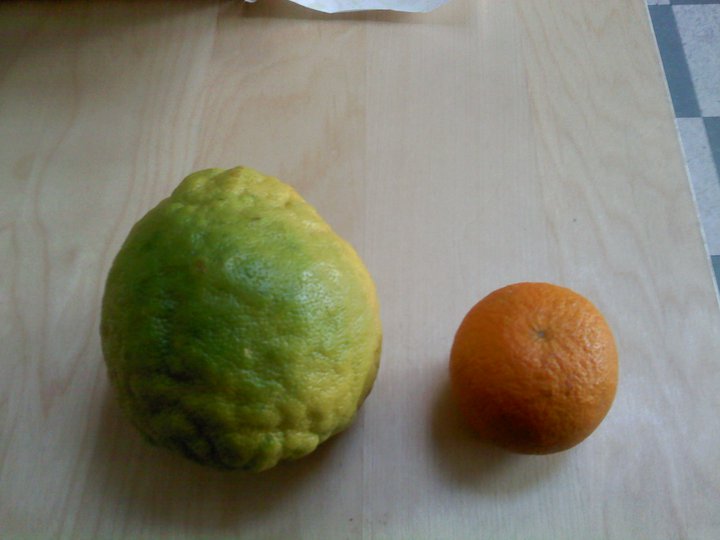
Cross-pollination occurs when pollen from the anther of one plant fertilizes the ovule of a different plant. This is usually facilitated by wind, insects, birds, or even human intervention. It contrasts with self-pollination, where a plant fertilizes itself.
Cross-pollination enhances genetic diversity and introduces new characteristics in the offspring. One such trait is fruit morphology, which includes size, color, and shape. Interestingly, even though fruit development is primarily influenced by maternal tissues (the ovary of the flower), the pollen source can still play a significant role.
How Does Cross-Pollination Affect Fruit Shape?
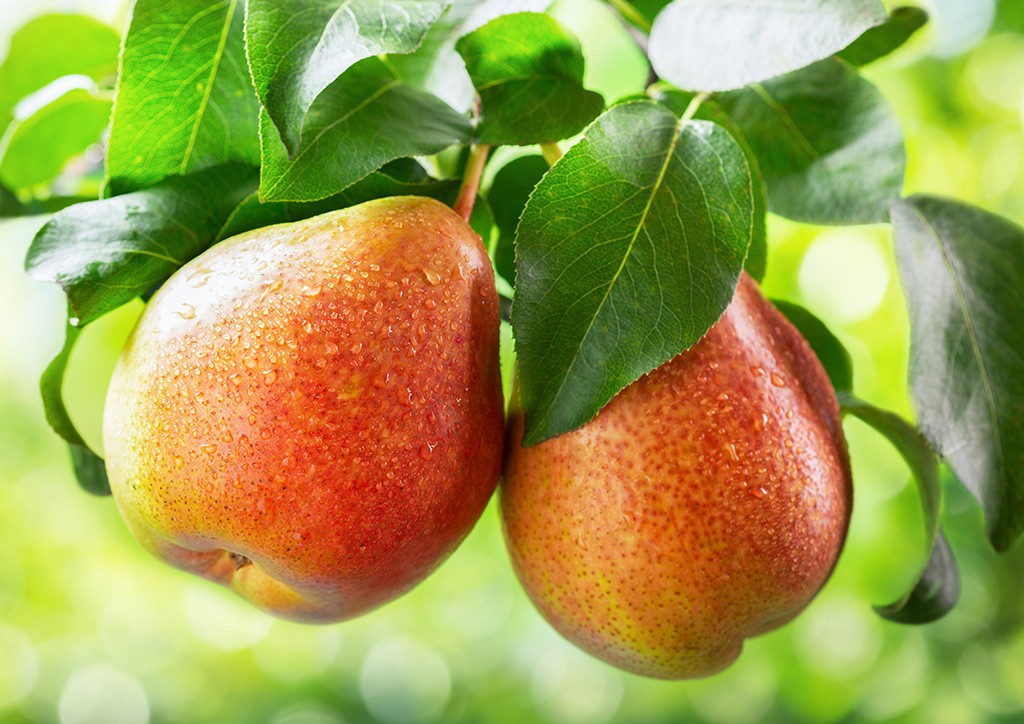
While the fruit’s genetic material primarily originates from the mother plant, the process of pollination can influence hormone levels and growth signals in the developing ovary. These changes can indirectly affect the external features of the fruit, such as its curvature, length, or symmetry.
Some key mechanisms include:
1. Hormonal Interactions
Once pollination occurs, the developing embryo and endosperm emit growth hormones like auxins, gibberellins, and cytokinins. These hormones can influence the rate and direction of cell division in the ovary wall. If the pollen is from a genetically different variety, it can induce different hormonal balances compared to self-pollination, which may lead to variations in fruit shape and development timing.
2. Xenia and Metaxenia Effects
- Xenia refers to the effect of pollen on the seed inside the fruit.
- Metaxenia refers to the effect of pollen on the maternal tissue, such as the fruit flesh.
In fruits like apples, dates, and some citrus species, metaxenia is observed. The pollen not only affects the seed but also modifies the physical appearance and quality of the fruit, including shape.
3. Embryo Competition
In multi-seeded fruits, embryos from different pollen sources may compete for resources. The stronger embryos can affect the growth pattern of the surrounding fruit tissue, leading to asymmetrical or irregular fruit shapes.
Examples of Cross-Pollination Affecting Fruit Shape
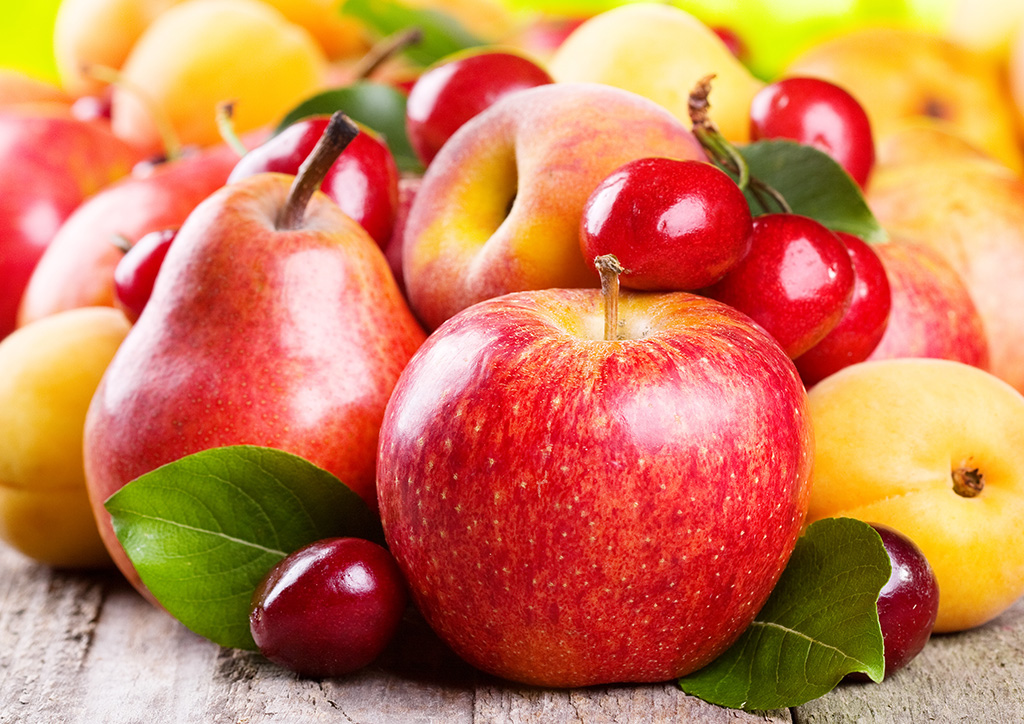
1. Apples
Different apple varieties, when pollinated by incompatible or distant varieties, can produce apples with flattened or irregular shapes. Pollination by a genetically diverse pollen source can also affect fruit firmness, seed count, and symmetry.
2. Pumpkins and Gourds
Cucurbits are notorious for producing misshapen or oddly shaped fruits when cross-pollinated between distant varieties. For example, when ornamental gourds are pollinated by large pumpkin varieties, the resulting fruits may develop odd bumps or curvature.
3. Zucchini and Squash
Cross-pollination between different squash varieties can lead to elongated or stubby fruits, depending on the pollen donor. While the genetic changes will appear only in the next generation’s seeds, hormonal and cellular influences from the pollen can affect the fruit of the current generation.
4. Dates
In date palms, the choice of pollen donor (male palm) can significantly influence fruit size and shape due to metaxenia. This is why date farmers are highly selective in choosing male pollinators.
Factors Influencing Shape Variation Due to Cross-Pollination
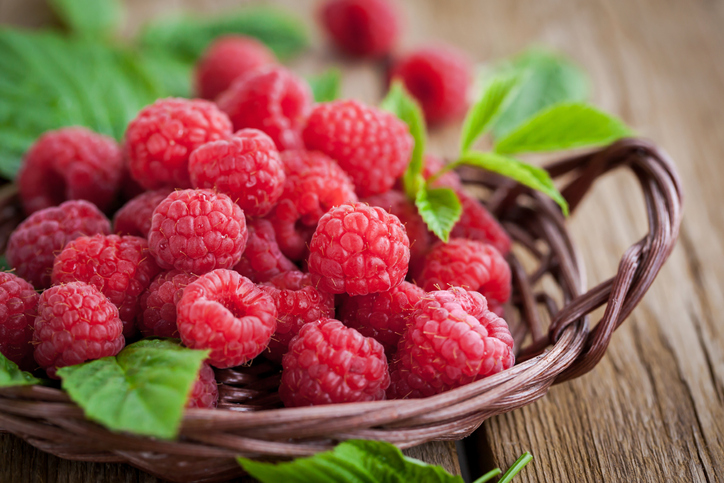
Several environmental and genetic factors determine how cross-pollination affects fruit shape:
1. Pollen Source
The genetic composition of the pollen plays a crucial role. Pollen from a genetically distant or incompatible plant can disrupt normal hormonal signals, altering fruit growth patterns.
2. Pollination Timing
Early vs. late pollination can influence the amount of time fruit tissues have to develop under specific hormonal balances, affecting elongation or bulging.
3. Pollinator Behavior
Pollinators that carry diverse pollen types may cause mixed pollination within the same flower cluster. This may lead to fruit with uneven growth or malformed shapes.
4. Environmental Conditions
Temperature, humidity, and light availability affect hormonal responses post-pollination. Even if the cross-pollination is ideal, poor growing conditions can enhance irregularities in fruit shape.
Implications for Agriculture and Fruit Trade
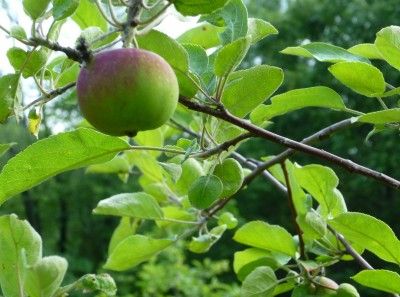
1. Market Appeal
Fruits with irregular shapes are often deemed less desirable in global markets. Understanding cross-pollination’s effects on shape helps growers maintain visual standards by managing pollinator species and spacing between varieties.
2. Breeding Programs
Controlled cross-pollination is a key tool in fruit breeding. By selecting appropriate pollen sources, breeders can influence not just genetic traits in seeds but also fruit appearance in the current generation.
3. Seed Saving and True-to-Type Fruits
For farmers who save seeds, knowing that open cross-pollination may not affect current fruit appearance (but will influence the next generation’s plants) is important. However, with some species, even the current fruit morphology can vary due to metaxenia.
4. Orchard Planning
Growers of fruits like apples, mangoes, and plums must strategically plant pollinator varieties to ensure consistent fruit shapes and yields. Buffer zones or synchronizing flowering periods may help control unintended shape variation.
Conclusion
Cross-pollination is a powerful natural process that shapes not only the genetic future of fruit crops but also the immediate appearance of the fruit itself. Through complex hormonal and biochemical interactions, pollen from one plant can influence the size, symmetry, and curvature of fruit developing on another.
As global demand for visually perfect and uniform fruits grows, understanding and managing the effects of cross-pollination on fruit shape becomes more important. From backyard gardeners to commercial orchardists, everyone can benefit from deeper insight into this fascinating aspect of plant reproduction.
By embracing the science of cross-pollination, we not only improve the quality and marketability of fruit but also contribute to biodiversity, resilience, and innovation in fruit farming.
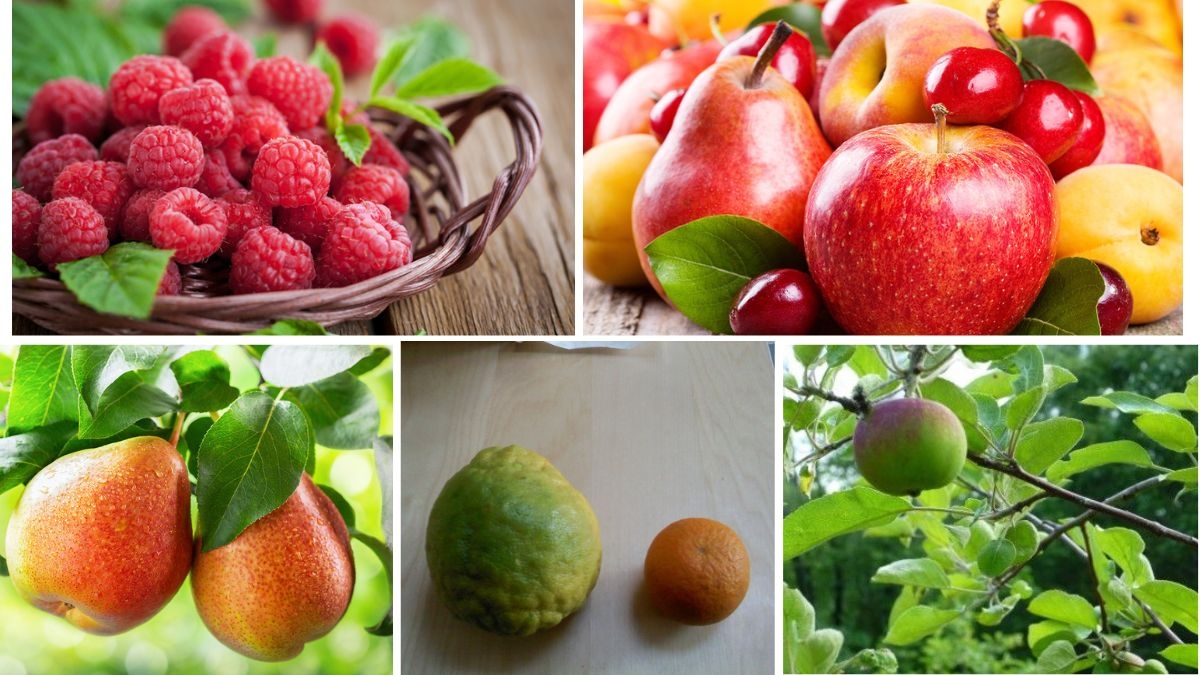





Leave A Comment